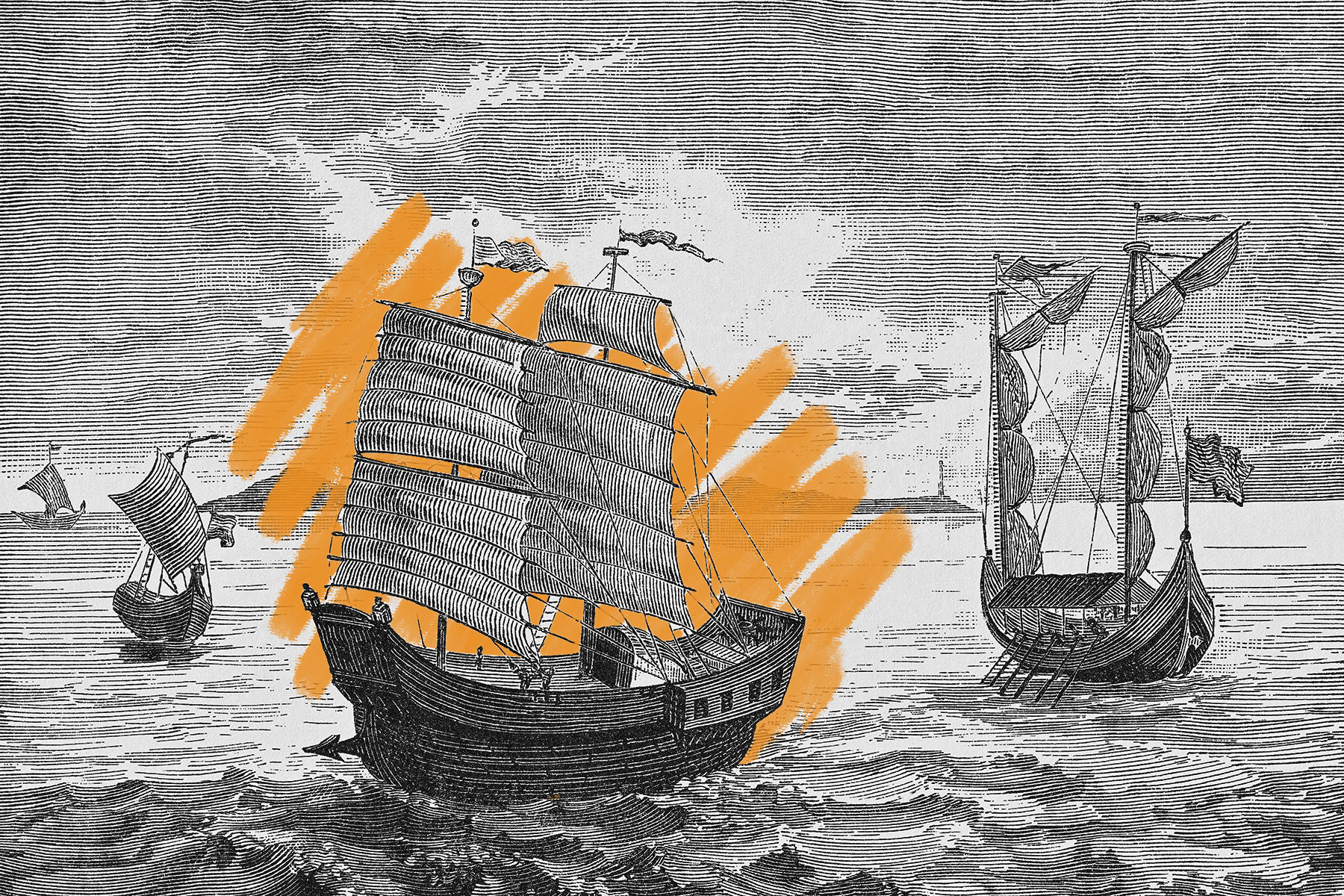Magellan wasn't really the first person to sail around the world
Friday, August 23, 2024
Five hundred years ago, no one suspected the 16th-century vessel the Nao Victoria would become the stuff of legend. |
| |
| |
|
 |
|
| F ive hundred years ago, no one suspected the 16th-century vessel the Nao Victoria would become the stuff of legend. In 1519, a Portuguese consul called the Spanish carrack "very old and patched up" and unfit to even "sail … to the Canaries." Nevertheless, the Nao Victoria was chosen for a five-ship expedition, crewed by 270 men, that would come to be known as one of the most significant journeys in the history of human exploration. |
|
|
| The captain of this unprecedented adventure was Portuguese explorer Fernão de Magalhães, anglicized Ferdinand Magellan. On September 20, 1519, he set sail aboard the flagship Trinidad from Sanlúcar de Barrameda in southern Spain, with an intended destination of the present-day Maluku Islands. Three years and tens of thousands of miles later, the "very old and patched up" Nao Victoria was the journey's sole surviving ship — and Magellan wasn't on board. |
|
| Magellan had died in a skirmish in the Philippines in 1521. It was Juan Sebastián Elcano, another mariner on the expedition, who brought the Nao Victoria back to its home port, but Elcano wasn't the first person to circumnavigate the globe either. Historians believe that honor belongs to an enslaved person named Enrique, whom Magellan seized during the Portuguese conquest of Malacca (in present-day Malaysia) in 1511. |
|
| Enrique served as an interpreter during the historic journey for eight years after his capture, but he abandoned the mission after Magellan's death. As luck would have it, Enrique was only a little over 1,500 miles from his native land of Malacca. If Enrique found his way home before September 6, 1522 (when the 18 men aboard the Nao Victoria made it home to Spain), he'd officially be the first person to ever circumnavigate the globe — but we'll likely never know for sure. |
|
 |  |
|
|
 |
|
| |
|
| Year the Nao Victoria disappeared on a trip from the Antilles to Seville, Spain | | | 1570 |
| | | Years it took for the Nao Victoria's globe-trotting feat to be replicated (by Sir Francis Drake in 1580) | | | 58 |
| | | Years it took for the Nao Victoria's globe-trotting feat to be replicated (by Sir Francis Drake in 1580) | | | 58 |
|
|
|
| Length (in miles) of the Strait of Magellan, the treacherous sea route located at the southern tip of South America | | | 350 |
| | | Days it took for the USS Triton submarine to complete the first underwater global circumnavigation in 1960 | | | 60 |
| | | Days it took for the USS Triton submarine to complete the first underwater global circumnavigation in 1960 | | | 60 |
|
|
|
 |
|
 | | Did you know? |
|
|
It took a decade to complete the world's first (and only) circumnavigation by car. |
|
| There are a few big reasons why cars aren't usually the vehicle of choice when attempting to circumnavigate the globe — they're called oceans. But this seemingly obvious impossibility didn't stop adventurists Ben and Elinore Carlin, who set out to drive around the world in 1948. The married couple's vehicle of choice was a modified Ford GPA, an amphibious jeep nicknamed the "Seep." To safely traverse long stretches of ocean, Ben outfitted the vehicle with two extra fuel tanks and the dash with nav equipment and a two-way radio. After all was said and done, the "Half-Safe" — as the couple dubbed it — weighed upwards of 3 tons and could carry nearly 20 times more fuel than normal. It took the Carlins a decade to complete the journey. One of the biggest slowdowns was the risky Atlantic crossing from Halifax, Nova Scotia, to the Azores, Portugal, which the pair attempted seven times before succeeding. They arrived back in Montréal, Canada, on May 13, 1958, after traversing 11,000 miles of sea and 39,000 miles of land and spending nearly $35,000 to do it — which might be the reason Half-Safe's journey remains one of a kind. |
|


posted by June Lesley at 4:02 AM











![]()
![]()





0 Comments:
Post a Comment
<< Home